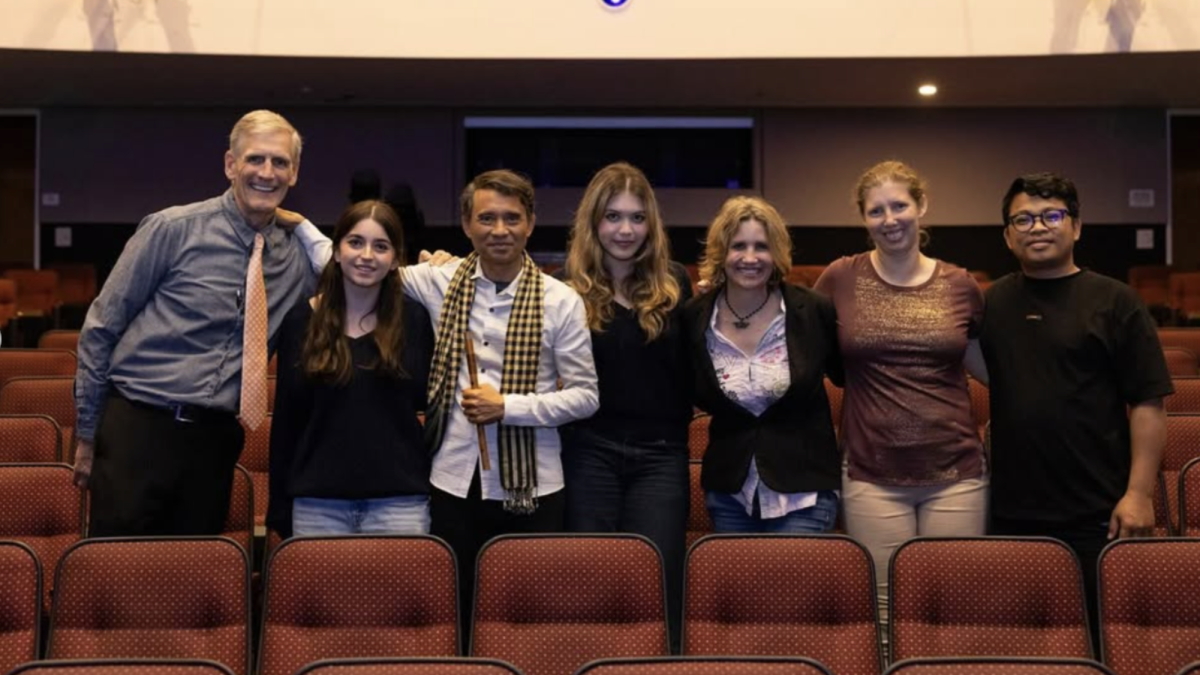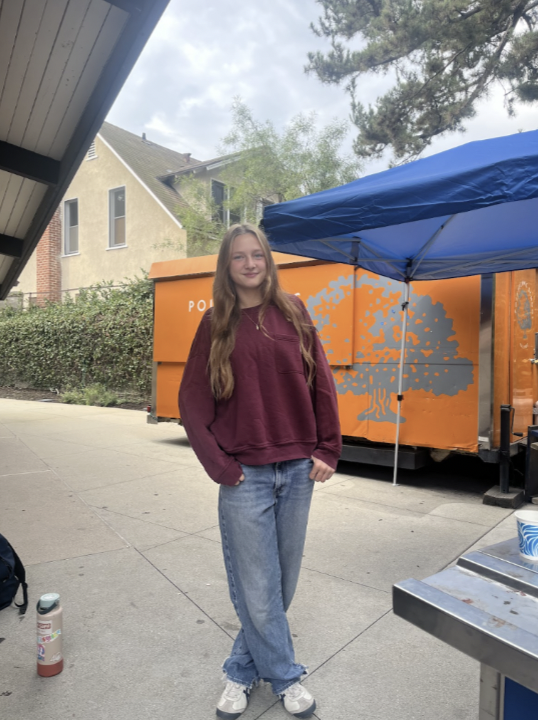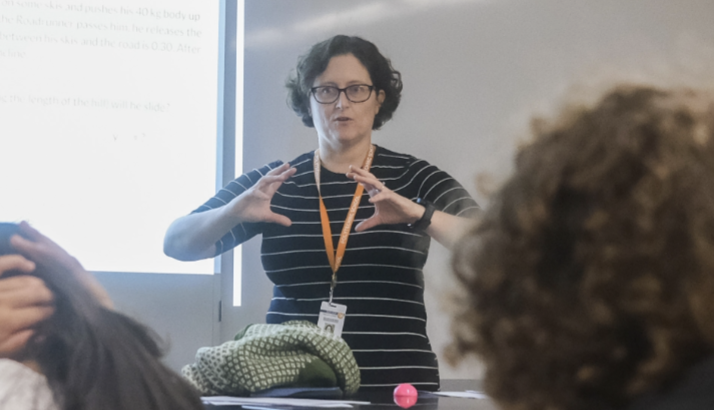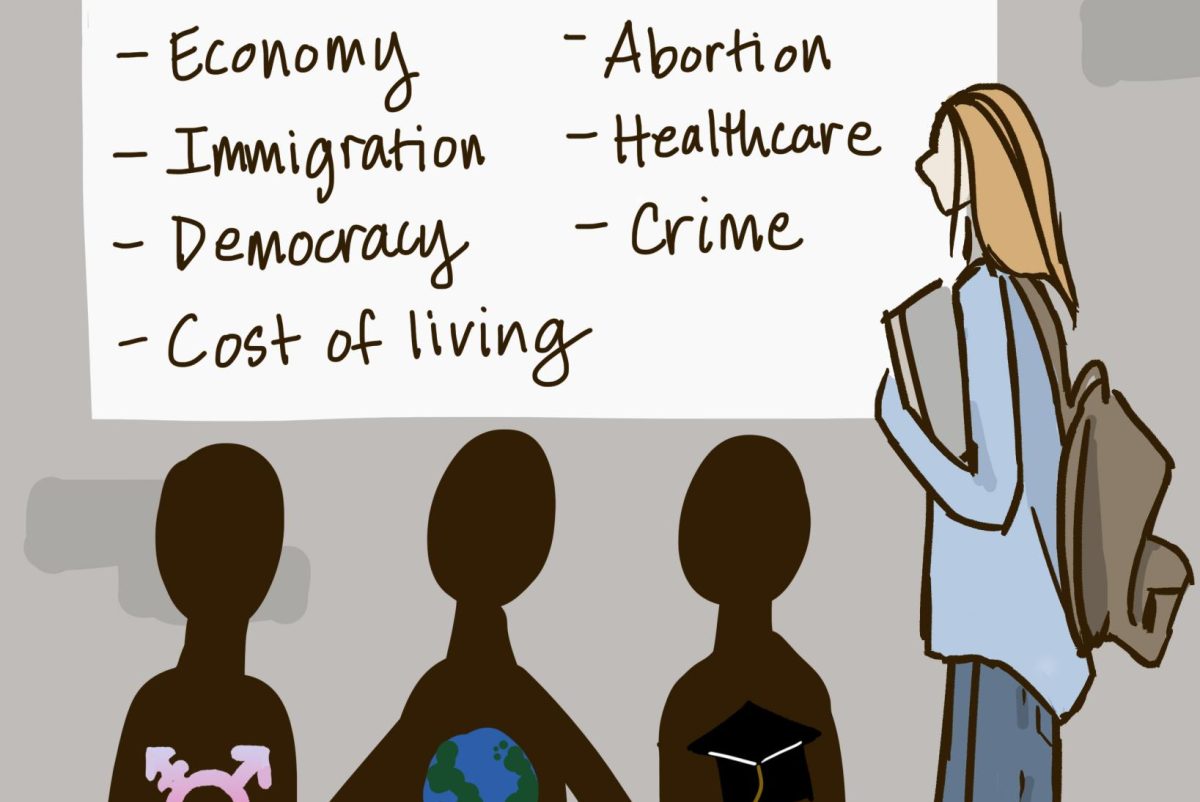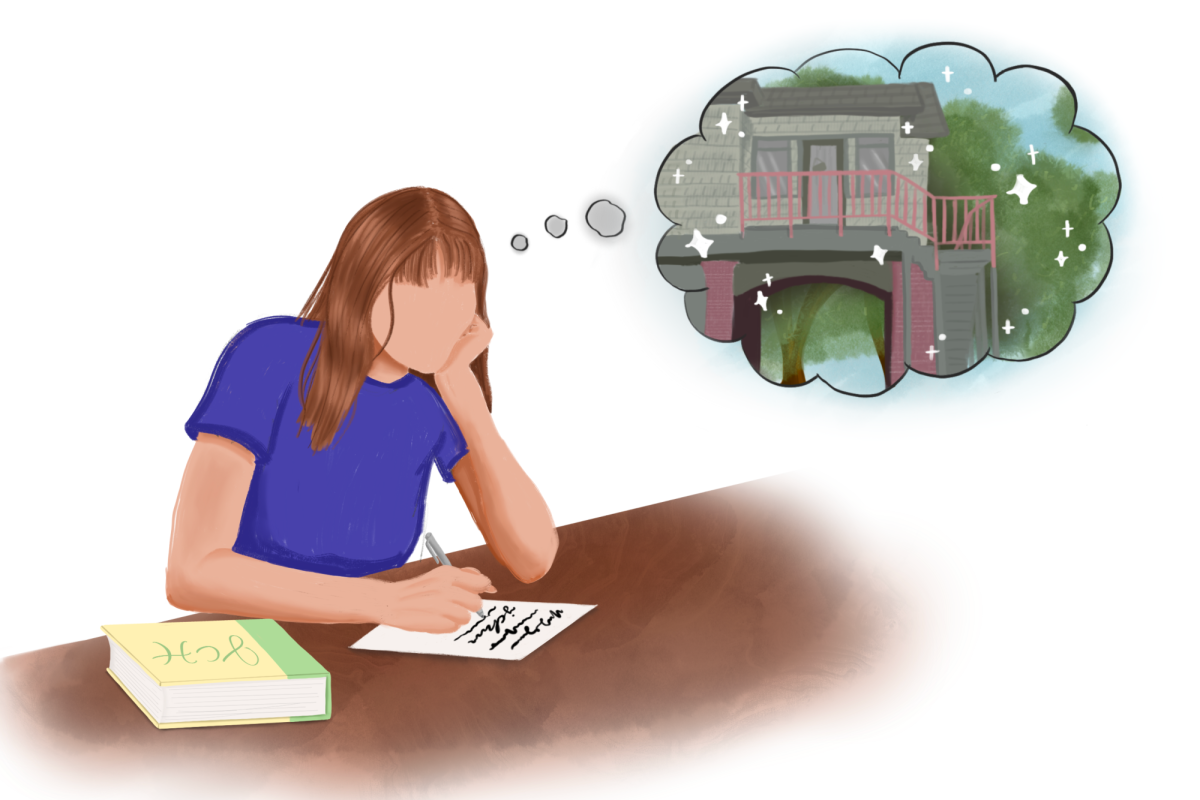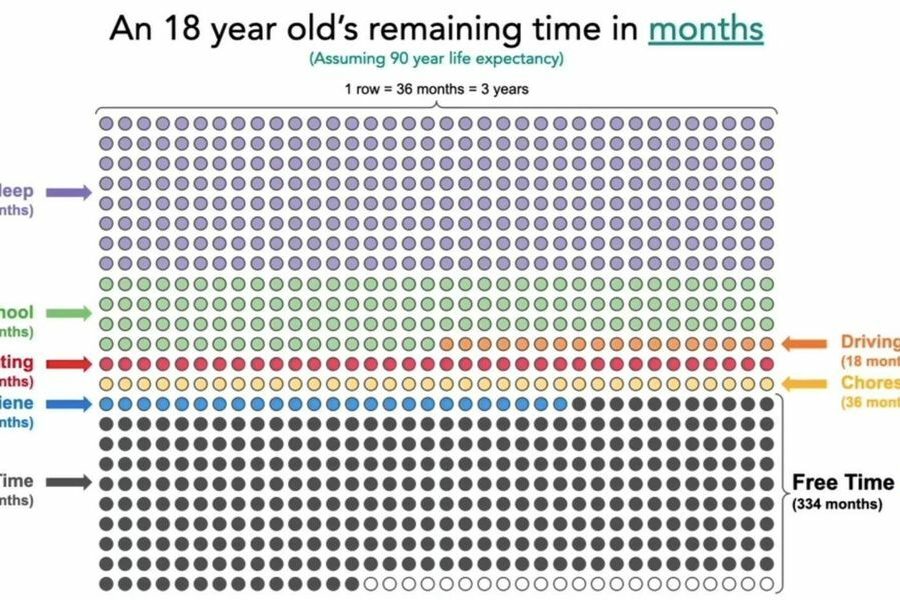When you turn 18 years old, your entire life can be laid out in a series of dots, each representing a month. Where would most of those dots fall – on sleep, work, school, or something else entirely? For many of us, a shocking amount would be dedicated to screen time. If the average person lives to 90, a staggering 26 years will be spent staring at screens– nearly as much time as we’ll devote to sleep. This jarring reality check came to us in the form of a big dot graph, presented during a recent assembly at Poly.
The period focused on the concept of technology, more specifically, our relationship with social media. Dino Ambrosi, the assembly speaker, emphasized a common experience among students: the tendency to use social media as a coping mechanism for stress, often leading to habits like “doomscrolling.” Ambrosi’s message stuck with many of us, myself included, as we reflected on whether we have a healthy relationship with technology.
So, do we? For many of us, the answer is no. Students need to find balance—not by cutting out social media entirely—but by learning to manage their time in a way that benefits their well-being. Bringing this issue to light and fostering candid discussions within the school community is the first step toward achieving that balance.
Like many habits, finding a healthy resolution is easier said than done. Technology, and specifically social media platforms like Instagram, TikTok and Snapchat, allow individuals to connect through pictures, videos and direct messages. However, excessive use of these apps can drain time and negatively affect students’ mental health, self-esteem and attention span. Whether those effects are positive or negative depends on how and why we use these platforms.
Ambrosi shared his own struggles during the assembly, explaining how his grades at UC Berkeley dipped while he was trapped in a cycle of internet and social media overuse. His experience mirrors that of many students who turn to social media as a form of escapism. A review from the National Library of Medicine found that problematic internet use can have detrimental effects on student’s well-being, particularly when technology becomes a coping mechanism for stress.
The conversation around the negative impacts of social media often centers on issues like cyberbullying, exclusion and unrealistic beauty standards. But a less-talked-about problem is how students mindlessly scroll through their phones, turning a quick 30-minute break into hours of screen time. Because this type of usage often goes unchecked, most students will gradually learn to approach interactions with technology from a position of compulsivity rather than intentionality.
When students become aware of their tech use, they can start recognizing when it’s harming their mental health. Instead of advocating for the elimination of technology, we need to focus on educating students and discussing the mental health risks of unchecked social media use. Encouraging mindful consumption of social media is key. Schools can help by integrating discussions about social media’s psychological effects into our human development classes. These conversations would make the issue more relevant to students and provide them with practical strategies to manage their tech use. Poly could also continue fostering phone-free environments like “phone walls” in classrooms and implementing other series of small steps to help reduce our dependence on screen time.
Nevertheless, school policies alone will not be enough to reach the desired change if not equally backed by devotion from students. Individuals have already taken the initiative to improve their relationship with technology. Project Reboot, a program founded by Dino Ambrosi and backed by research from UC Berkeley, helps students build informed and intentional relationships with technology. The program emphasizes the idea that we pay for social media with time—time that could be better spent elsewhere if not managed carefully.
At Poly, there’s potential to expand on these efforts. Students can become more involved in conversations about tech use and take active steps to reduce excessive screen time. After the assembly, I connected with peers by sharing my screen time habits. Learning that a fresh adult’s lifespan includes 26 years of screen time made us realize we’re not alone in this struggle. This shared understanding fostered a sense of unity among the student body, motivating many to take their tech use more seriously. The introduction of the app ClearSpace, which encourages mindful tech use by setting app limits and blocking distractions, has already gained popularity within the Poly community. Many students, myself included, have downloaded it to curb our phone usage.
We need to emphasize the importance of balance, not elimination. Students must reflect on their tech use and participate in initiatives like Project Reboot. By doing so, we can build a healthier relationship with technology that supports our well-being rather than undermines it.



